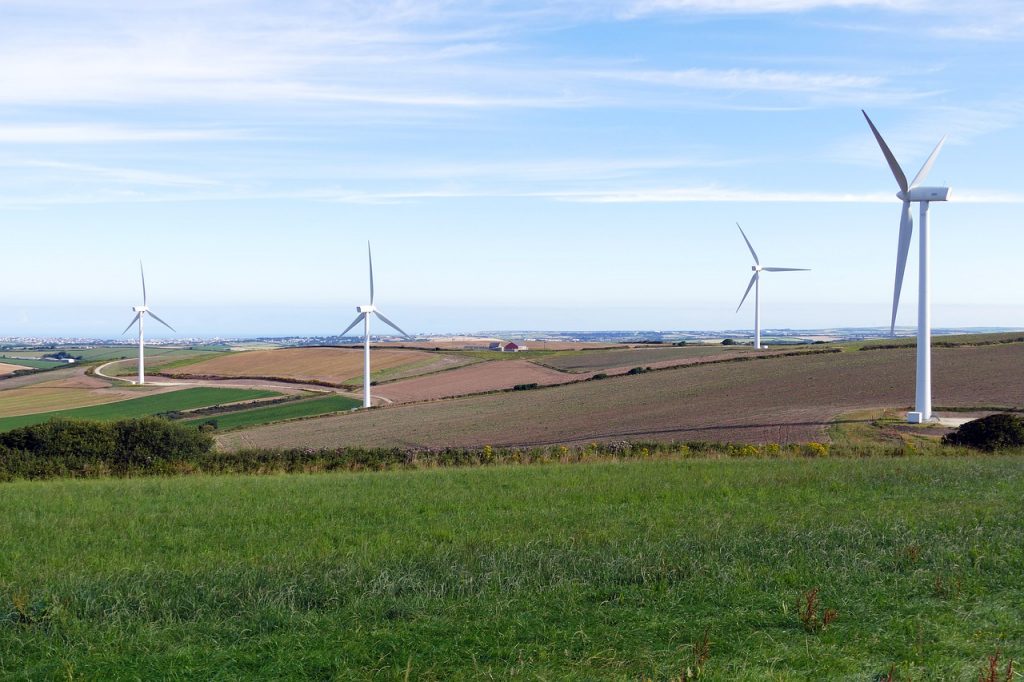Clean Energy: What You Have To Consider

Clean is the opposite of dirty, a fact that even kids know. These days, you know that news and articles tend to highlight the latter. You cannot blame the reporters. People need to understand how pollution affects the Earth because we are largely responsible for this devastation. Even the electricity that we rely on for our modern comforts contributes to it. So, it is good to turn our lens towards something positive – clean energy. Perhaps, there is still a way for us to reverse some of the damage inflicted on Earth.
Top Facts You Need to Know
- Clean energy is also known as renewable energy
- Clean energy can create more jobs
- The clean energy industry delivers jobs that pay more
- More corporations are leaning towards clean energy
- Clean energy can save you a lot of money
- One wind turbine can power as many as 300 houses
- There are many forms of clean energy
- Not all clean energy forms are equal
- Clean energy does not directly produce greenhouse gases
- There is a rise in clean energy use
- Newer investments favoring clean energy
- Clean energy can connect more people to electricity
Clean energy refers to renewable energy. Renewable energy refers to inexhaustible resources. You can use it today, and tomorrow you get to use it again without any extra cost. Such power is considered clean because it does not contribute to the waste of resources. It also does not contribute to pollution.
A national study reveals that clean energy production creates three times as many jobs as a plant that burns fossil fuels. So, supporting non-renewable resources will ultimately help several people. The investment may cost a little as structures have to be built.
Not only does clean energy create more jobs, but the industry to which it belongs pays more. According to Bloomberg Citylab, median wages in the clean energy production assembly can be 8% to 19% higher than the national average. If this salary range remains competitive, more people may be inspired to apply for jobs in clean energy companies. More people are needed to promote the use of renewable energy over non-renewable ones.
It is becoming more acceptable to lean more towards environmentally friendly solutions. As people become more aware of the effects of depleting the Earth of its natural resources, more companies are launching movements to support clean energy use.

You can ask people who have invested in solar panels about the money they have saved on electricity bills. The totals can be significant, especially for homes that are more exposed to sunlight. Any other household using other renewable resources (such as wind energy) can say the same, as long as the conditions are right.
Do you know that one wind turbine alone can already power several homes, even as many as 300 of them? Well, this certainly shows that having a turbine set up to provide clean energy is worth it. However, you and your neighbours can only take advantage of this option if you live in rural areas. You need to set up a wind turbine, one in which it can receive powerful wind energy, in a large open space.
Clean energy has many forms. The Earth is rich in many renewable resources. You can use the following types of clean energy: solar, wind, geothermal, hydroelectric, biomass, hydrogen, and more. Despite these offerings, people still opted for the easy way out, the burning of fossil fuels, for convenient and widespread distribution of electricity. However, it is time to start looking at how renewable energy sources can be harnessed more successfully.
While clean energy refers to renewable energy, let us reflect on how not every one of them can be considered a great option. Yes, not all of these resources are equally recommended. For example, hydroelectricity may seem like a wise choice, but it can disrupt water systems. Then, there is biomass, which relies on organic materials. Plants cannot grow fast enough to provide material for such energy. All the other renewable resources have varied features.
An advantage of clean energy is that it does not directly contribute to the production of greenhouse gases. These gases are known to contribute to global warming. Climate change has since been recognized as a significant factor in an imbalance in how nature works. It has been causing a rise in water levels, melting of ice even in Antarctica, and strengthening of storms. We can avoid further damage to the ozone layer by investing in the use of clean energy.
In 2018, it was noted that 28% of the world’s electricity came from renewable resources. This statistic is promising. However, the industry needs a little more boost. After all, it is going against the grain, and it is easier to stick with what we are comfortable with until we can no longer afford to do so.
As early as 2011, investments in renewable energy have surpassed non-renewable energy ones, such as in so-called dirty energy, fossil fuels. These moves show that more and more people trust in the use of clean energy.
Even in the 21st century, more than 900 million people are still not connected to the electricity grid. It may be an opportunity for clean energy to extend its reach and help because extending the existing electricity grid may be more inconvenient than installing a structure that provides clean energy in some parts of the world.
Conclusion
Clean energy is gaining some traction because people are more aware of what fossil fuels can do to the environment. More companies are joining in the efforts to use more renewable resources over non-renewable ones for various reasons. It can be due to a genuine desire for a better Earth or a need to attract the masses for more profit. Whatever the case may be, we need even more support to get these clean energy structures up and running.



